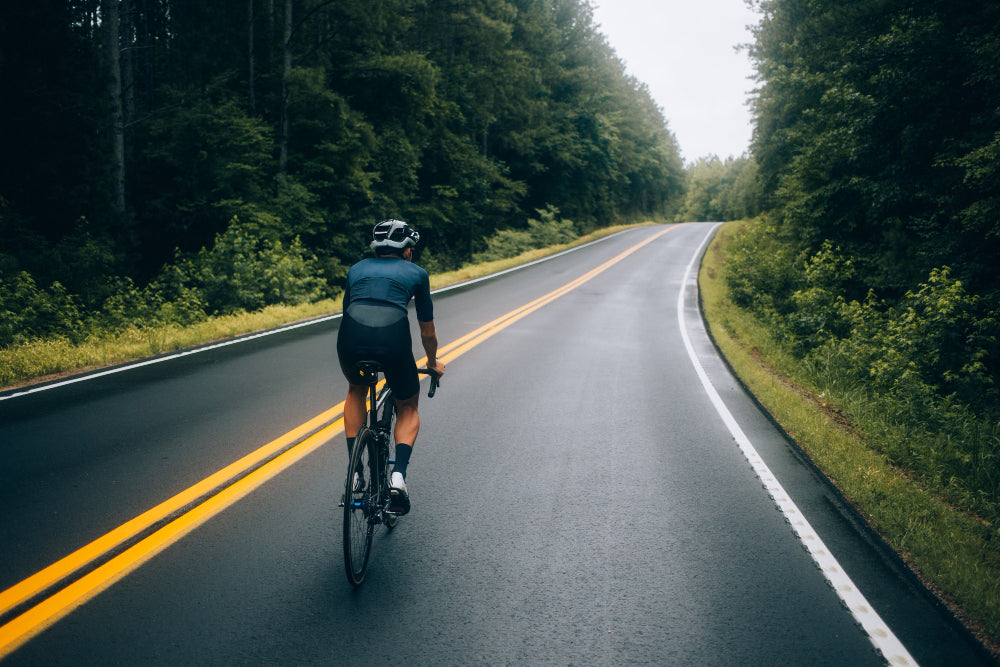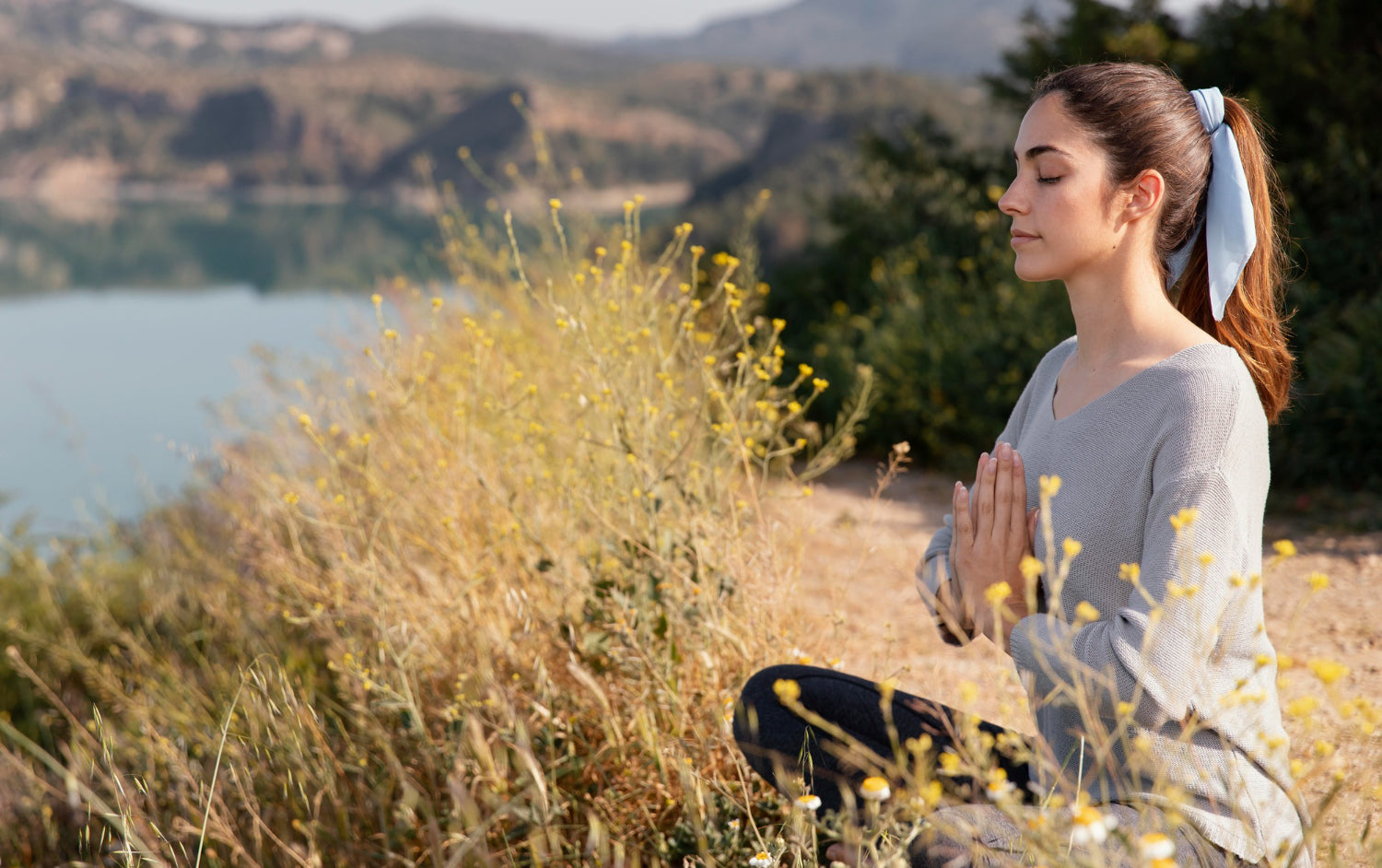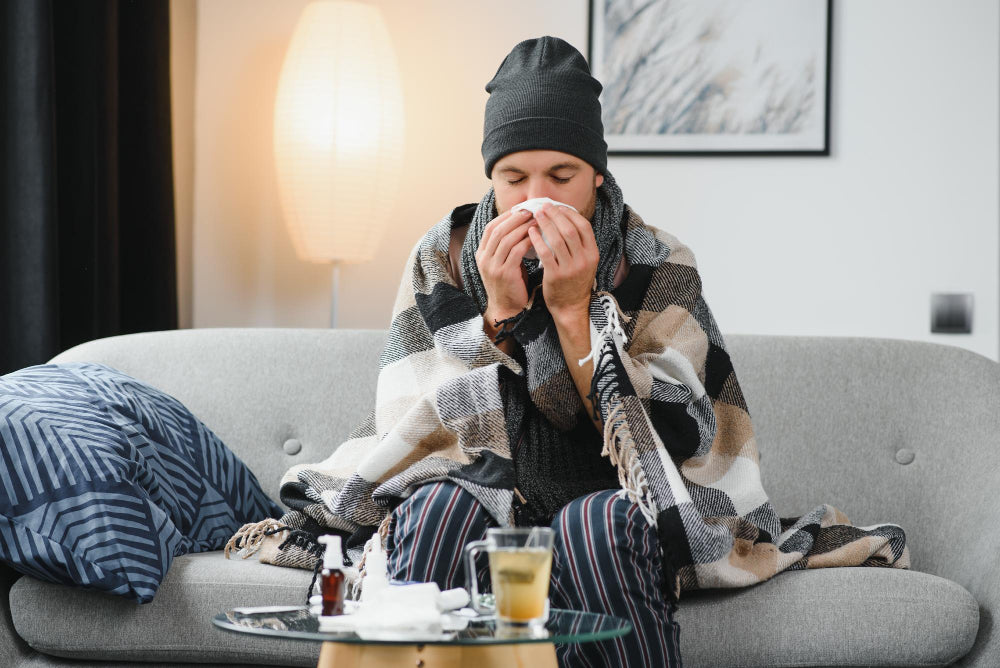Cycling requires a lot of energy from your muscles. After such a hard, long ride, recovering well to repair your muscles and continue riding at the level you want or can is very important. The ice bath is a common recovery strategy for many cyclists and high-performance athletes.
Now, you must be wondering how that works scientifically. Does it even help? Worry not. In this article, we'll discuss the science behind ice baths, how effective they are, and some practical tips you can use to implement them in your cycling recovery routine. Let's get started!
The Theory Behind Ice Baths
Ice baths or cold water immersion are based on the theory of decreasing muscle soreness and shortening recovery time after heavy exercise. The theory is based on how our muscles behave when performing intense activity.
This is because intense cycling causes small-scale damage to your muscles, leading to tiny tears in the muscle fibers. The muscle damage caused by working out is a normal part of getting stronger, but it's also responsible for delayed-onset muscle soreness (DOMS). DOMS typically peaks at around 24–72 hours post-exercise.
How Ice Baths Work For Cyclists?
The primary benefits of ice baths are thought to include:
- Constrict blood vessels: Cold water makes the blood vessels contract. This movement reduces swelling and helps remove waste products from tissues, including lactic acid.
- Reduced Metabolic Activity: Cooler temperatures result in reduced metabolic activity. Lowering muscle tissue body temperature slows the overall physiological process, ultimately reducing muscle tissue breakdown.
- Increased Blood Flow: As you progress from the ice bath and warm up, your blood vessels will automatically expand (a process called vasodilation), promoting fast blood flow throughout the body and helping with healing.
Most athletes and trainers recommend a water temperature between 10 and 15 degrees Celsius and a time immersion of 5 to 15 minutes.
What Does The Research Say?
Some research needs to be more consistent about how well ice baths work. While some studies favor ice baths, which can offer benefits, other research concludes there is no real effect on recovery.
1. Supporting Research:
According to a study published in the International Journal of Sports Medicine, cold water immersion and contrast water therapy (alternatively dipping in hot and cold baths) could really improve recovery, especially during competitive events such as stage races, where athletes need to repeat high-intensity efforts day after day.
Cyclists who followed their challenging morning workout with cold water immersion saw their sprint and time trial performance improve from the previous day. By contrast, people who use hot water or complete rest do not notice an improvement.
2. Contradictory Findings:
Some recent research states that ice-water immersion has no clear effect on improvement and endurance of performance. Whatever the mechanism, those on ice reported significantly more pain the following day than those after a tepid bath.
Ice Bath Guidelines For Cyclists
Despite the mixed research findings, many athletes swear by ice baths. Here are some practical tips and insights:
1. Cold Water Immersion:
Give it a try, but you want to be in the water at 10 to 15 degrees Celsius for close to 10 minutes! Keep it cool, though, as super-chilly water (less than 10 degrees) could shock your system in the opposite direction, making your body work overtime to keep you warm.
2. Contrast Water Therapy:
This is a form of hydrotherapy in which we alternately put the hand/ limb in cold and warm water. Spend one minute in cold water (10-15° C) and two minutes in warm water (37-40° C). Repeat this procedure three times. This method can help relieve muscle pain and improve circulation, which may be a way for recovery.
3. Personalization:
What works for one person's body to heal and repair might not work well for another. You can experiment to see what combination of temperature and duration works best for you. For other athletes, active recovery might be more effective, and this can involve light cycling or stretching as well.
Benefits Of Ice Baths For Cyclists
Regular use of ice baths can offer several benefits for cyclists:
- Increased Endurance and Cardiovascular Health: Cold exposure forces your cardiovascular system to regulate blood flow differently. Furthermore, working on endurance effectively helps you tackle longer rides without too many hiccups and keeps you comparably effortlessly crushing those intense peddling sessions.
- Fast Recovery: Ice baths help decrease muscle soreness and shorten the time to recover, so you can more easily hop back on after hard rides.
- Increased Mental Clarity and Mood: Cold exposure elevates levels of norepinephrine and dopamine, hormones that improve focus and mood. These are here to keep you on the right and brighter path: pre-ride, mid-ride, and post-ride rides as well.
- Increased Resilience: The more you train yourself in the cold, the better equipped you will be to endure stress or discomfort. However, the mental toughness you develop is also beneficial in other aspects of life.
Conclusion:
Although the scientific community is still unsure what exactly ice baths do (or don't do), many cyclists and other athletes consider them a must-have part of their recovery routine. If you integrate ice baths into your recovery routine, start with cool temperatures and short time frames.
Gradually work your way up to colder temperatures and longer durations. Always measure how you feel after each session to ensure it's working for you. So, whether it's the science of wet and wild recovery or simply that feeling you get from diving in after a ride, ice baths can significantly benefit your recovery regime.




Leave a comment
This site is protected by hCaptcha and the hCaptcha Privacy Policy and Terms of Service apply.